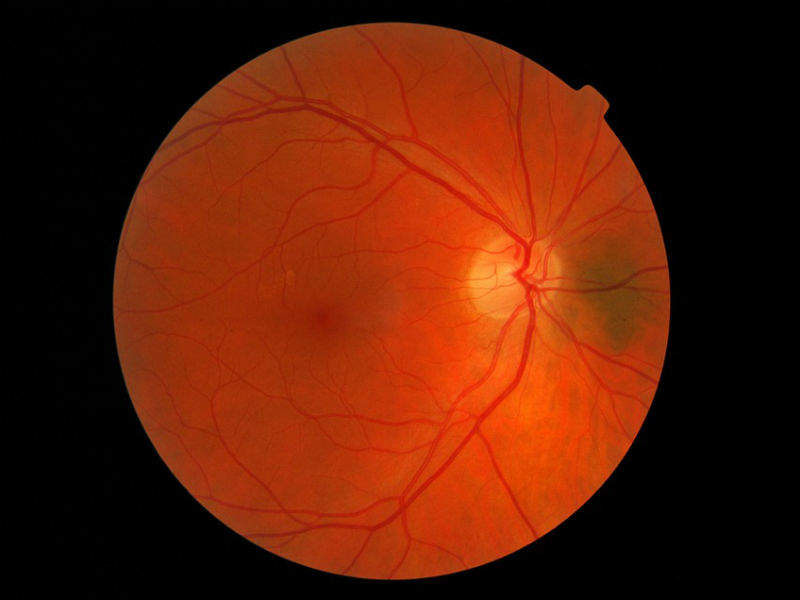
The world’s first ultrathin artificial retina, which could drastically improve visualisation technology for the blind, has been created by researchers from the University of Texas at Austin, US and Seoul National University in South Korea.
The device is based on flexible 2D materials and has the potential to restore sight in millions of patients with retinal diseases.
University of Texas at Austin researcher Dr Nanshu Lu is one of the retina’s creators. She said: “This is the first demonstration that you can use few-layer graphene and molybdenum disulfide to successfully fabricate an artificial retina.
“Although this research is still in its infancy, it is a very exciting starting point for the use of these materials to restore vision.”
There is no cure for many retinal diseases, such as macular degeneration and diabetic retinopathy, but silicon-based retinal implants have restored a degree of vision to some patients. However, Lu said that these devices are rigid, flat and fragile, which makes it hard for them to replicate the natural curvature of the retina. This can lead to silicon-based retinal implants producing distorted images which can cause long-term strain or damage to surrounding eye tissue.
Lu, along with her collaborator Dr Dae-Hyeong Kim from Seoul National University, aimed to develop a thinner, more flexible alternative to current retinal devices that could better mimic the shape and function of a natural retina.
How well do you really know your competitors?
Access the most comprehensive Company Profiles on the market, powered by GlobalData. Save hours of research. Gain competitive edge.

Thank you!
Your download email will arrive shortly
Not ready to buy yet? Download a free sample
We are confident about the unique quality of our Company Profiles. However, we want you to make the most beneficial decision for your business, so we offer a free sample that you can download by submitting the below form
By GlobalDataLu and Kim used 2D materials, including graphene and molybdenum disulfide, as well as thin layers of gold, alumina and silicon nitrate to create the flexible, high-density and curved sensor technology. The retina resembles the surface of a flattened football and conforms to the size and shape of a natural retina without any mechanical influence.
During testing of the device, photodetectors readily absorbed light and passed it through a soft external circuit board. The circuit board contained all of the required electronics to digitally process light, stimulate the retina and obtain signals from the visual cortex. The researchers concluded that the artificial retina prototype is biocompatible and successfully mimics the structural features of the human eye. They believe it could be an important step towards developing the next generation of soft bio-electronic retinal prostheses.
The researchers think that, with a few modifications, the device could also be used to track heart and brain activity in the future.
Lu is now exploring ways to integrate this technology into mechanically and optically imperceptible electronic tattoos that are laminated on the skin surface to gather real-time health information. She plans to add transistors to transparent e-tattoos to help amplify signals from the brain or the heart so they can be easily monitored and treated. These sensors and electrodes can also be implanted on the surface of the heart to detect arrhythmias. Lu thinks doctors could potentially program them to act like tiny pacemakers.
Findings from the retinal research project were presented at the 256th National Meeting & Exposition of the American Chemical Society (ACS). ACS is the world’s largest scientific society and its national meetings feature thousands of presentations on a wide range of science topics from artificial retinas to paper batteries powered by bacteria.







Related Company Profiles
Seoul National University
A C & S, Incorporated